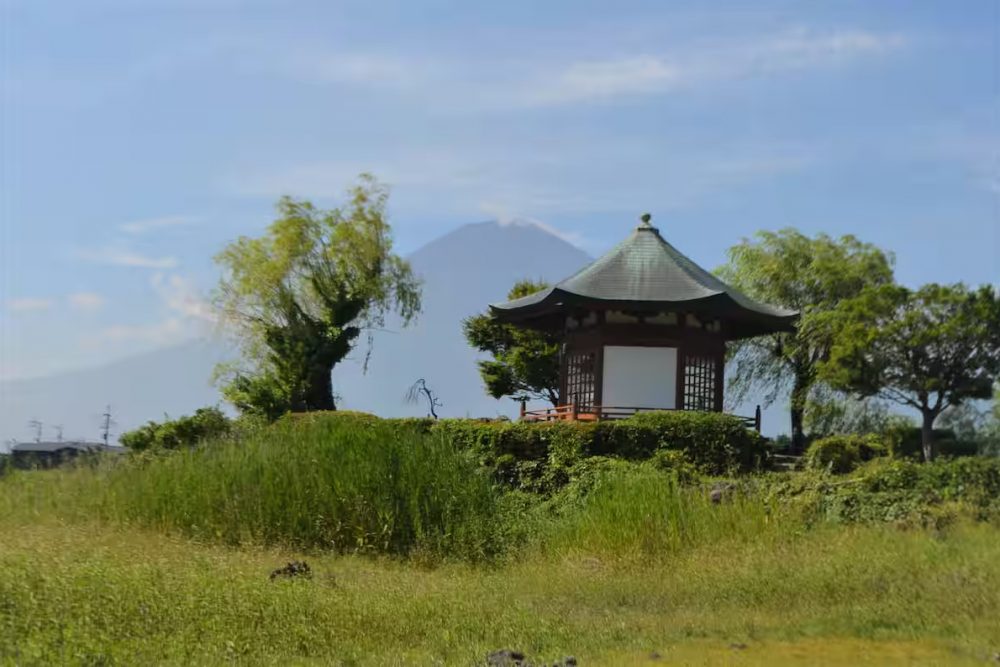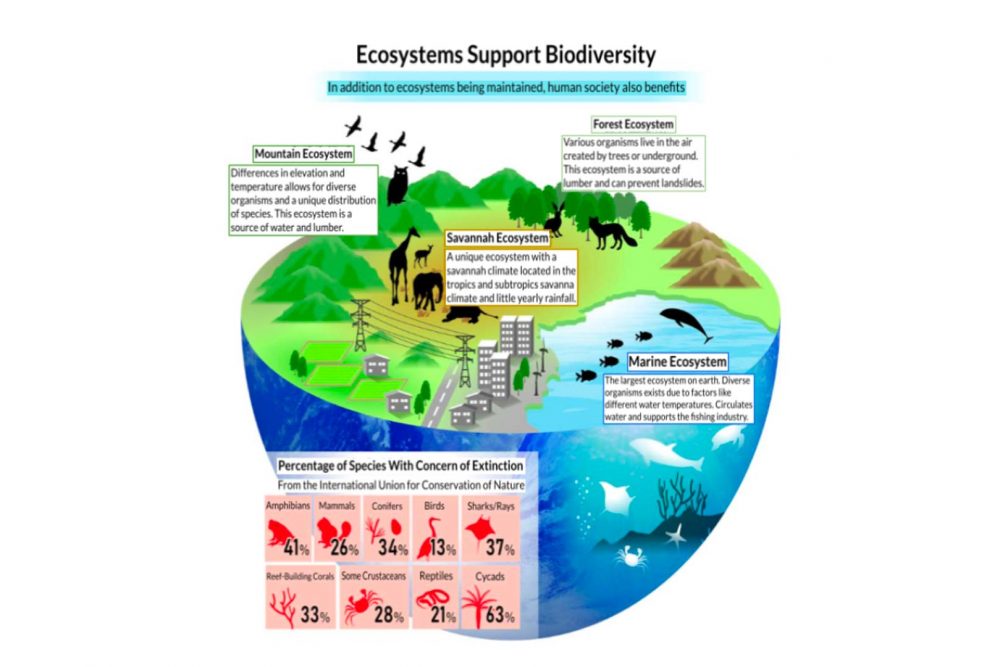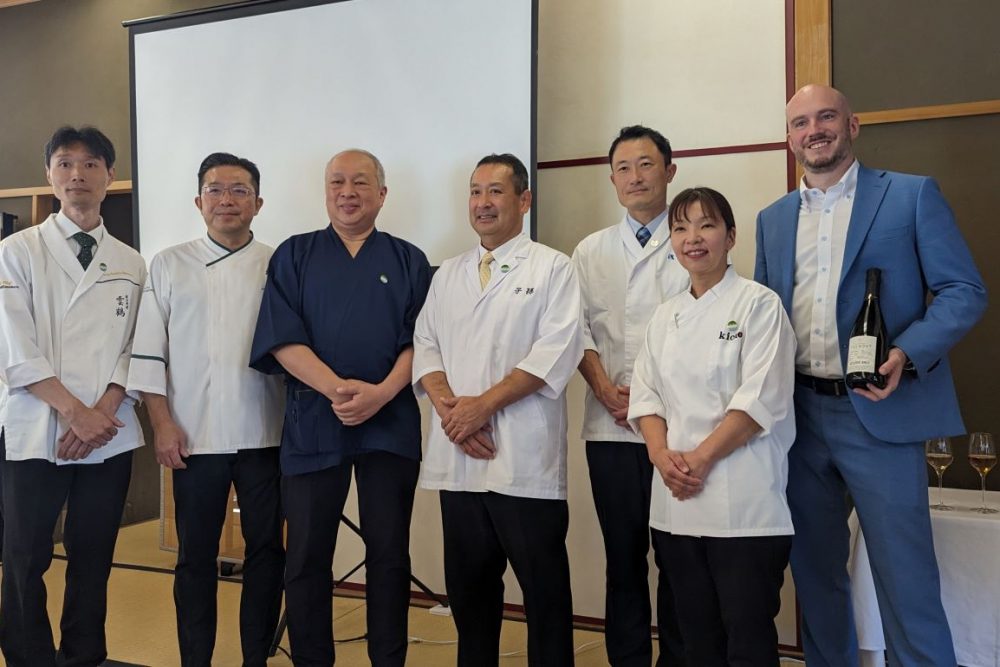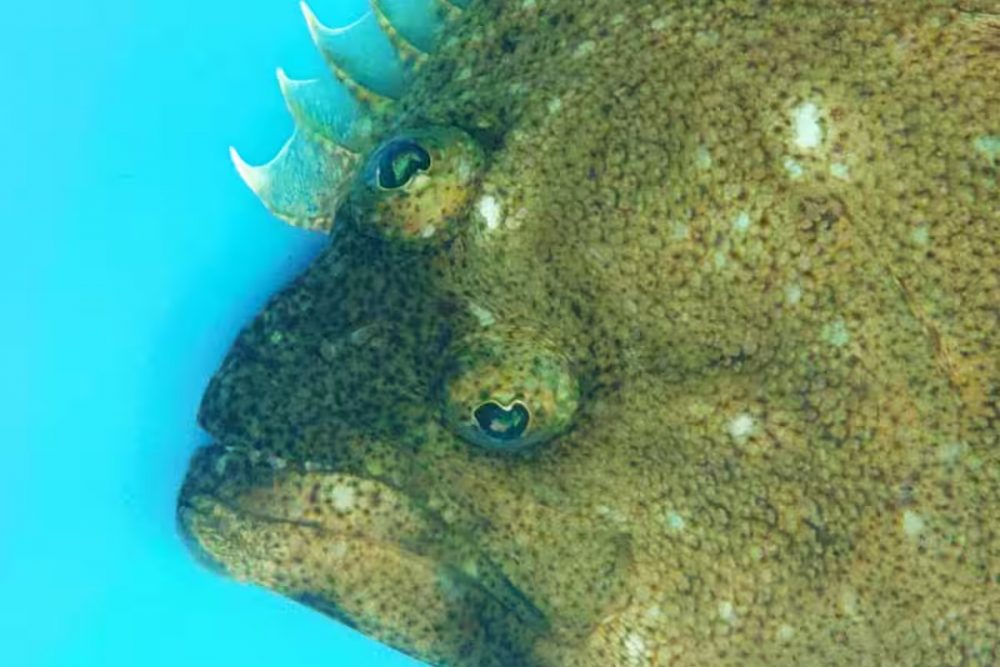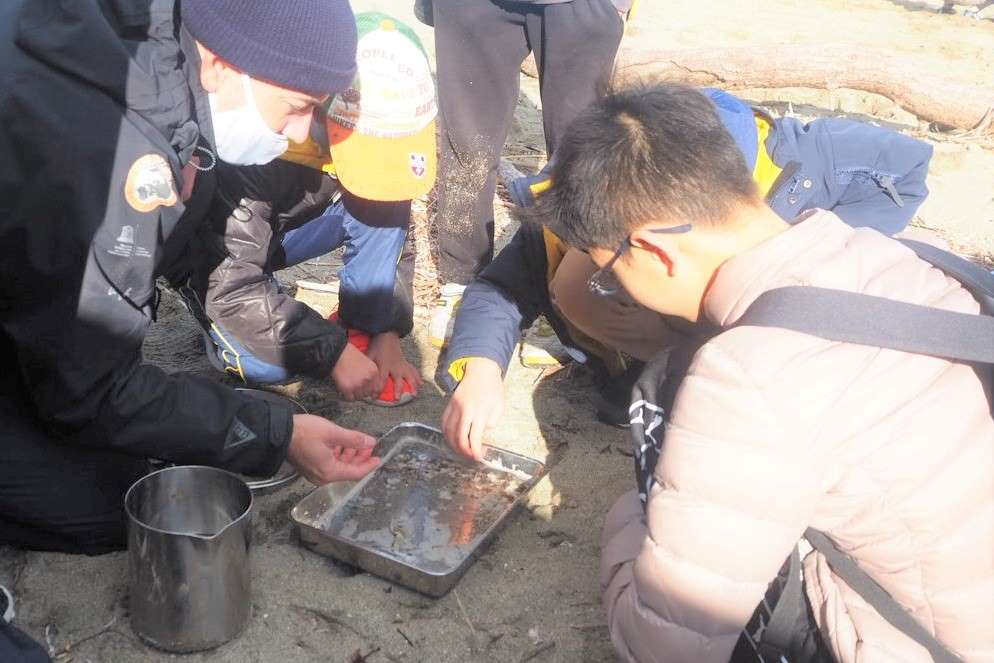Sado Wildlife in Focus | Meet the Friendly Asian Sheepshead Wrasse, Beloved 'Uncle' of the Sea
In his 23rd photo essay, Fumie Oyama dives beneath the waves to explore the Asian sheepshead wrasse, Sado Island's beloved boss of the sea.
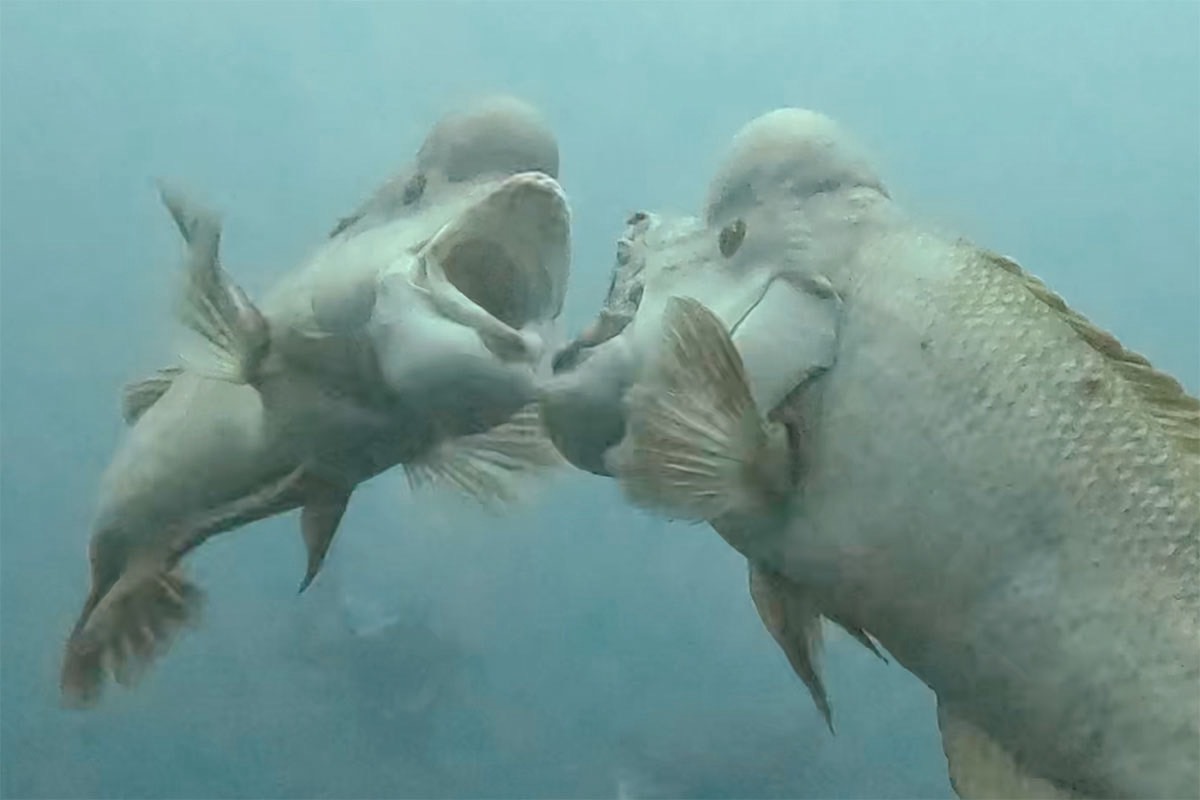
このページを 日本語 で読む
Sado Island in Niigata Prefecture is rich in natural beauty. Beneath its coastal waters lives a fish of surprising international renown: the Asian sheepshead wrasse.
With its hulking frame and unmistakable forehead bump, this fish rivals even the crested ibis — Japan's celebrated Special Natural Monument — in both charm and fame. Divers from around the world visit Sado hoping to catch a glimpse of this charismatic sea dweller.
For this month's column, instead of pointing my lens skyward to track the elegant flight of ibises, I pulled on a wetsuit and slipped into the sea.
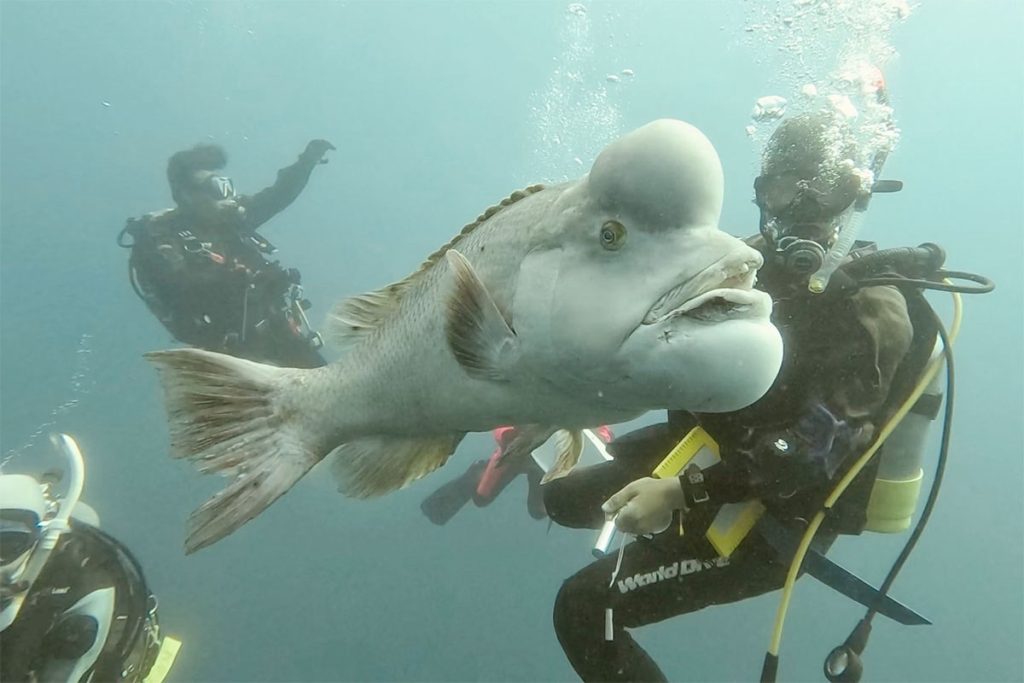
Kojiro Rises: A New Boss Rules the Reef
In the height of summer, I boarded a boat to Akaiwa. This is a dive site about 500 meters off Sado's northern coast.
Roughly 25 meters below the surface lies a massive rock — home to the Asian sheepshead wrasse.
Although naturally timid, the wrasse in Sado behave differently. Rather than fleeing from divers, they often approach, seemingly unafraid. It's breathtaking when a one-meter-long fish comes so close you could almost reach out and touch it. As if asking to play, it slips into the circle of divers and joins us. Sometimes, it even swims alongside.
Akaiwa has long been ruled by a succession of bosses. Each generation quietly passes the torch to the next in an underwater handover of power.
In June 2024, a new leader emerged: Kojiro.
More than 30 years have passed since the Asian sheepshead wrasse first rose to fame. From the second generation on, each new boss has received a name and inherited the title.
Kojiro is the fourth in line. It took him two years to oust his predecessor, a larger wrasse known as Yamato.
Though smaller than Yamato, Kojiro stands out for his smooth, unmarked skin and striking beauty.
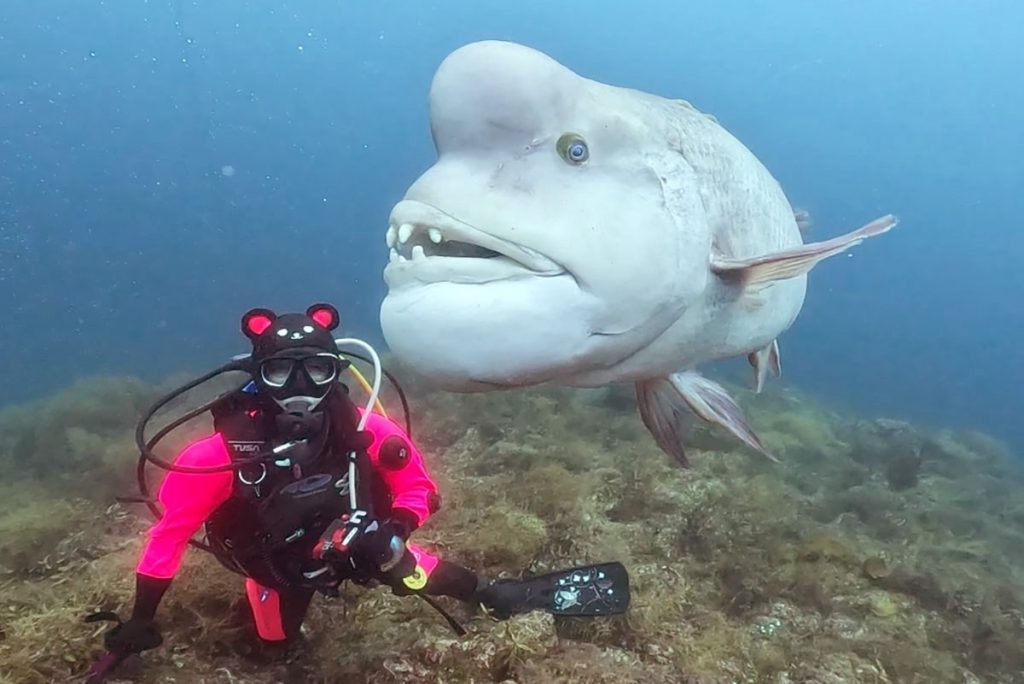
From Female to Male: The Wrasse's Mysterious Transformation
The Asian sheepshead wrasse is also full of biological surprises. All are born female. However, some individuals over 50 centimeters undergo a dramatic sex change.
This process, known as protogyny, means the fish first matures as a female and later transitions to male within its social group.
When this occurs, hormones cause the forehead to swell and the lower jaw to jut forward. These are classic signs of male transformation.
Highly territorial, male wrasses confront intruders by flaring their jaws in an aggressive display. During this dive, I witnessed a dramatic standoff between two males.
Their showdown was intense. But interestingly, their large foreheads — actually made of soft fat — aren't used in the fight.
Instead of headbutting, they compete by size — measuring dominance through the width of their gaping mouths.
June and July mark the breeding season. In these months, males grow even more aggressive as they defend their harems.
This time, I captured a rare spawning scene. A male hovered near a 50–60 centimeter female, gently coaxing her into release. It lasted just a moment — gone before you know it.
A Sea of Abundance
Their diet includes shellfish like turban snails and sea urchins, along with crustaceans such as shrimp and crabs. The abundance of such prey speaks to the richness of Sado's coastal waters. With strong jaws and large teeth, the wrasse crushes its food with impressive force.
These fish are also targeted by anglers and, in Sado, can sometimes be found on supermarket shelves.
As a member of the wrasse family, the Asian sheepshead wrasse isn't especially prized for its taste.
I love fish and also enjoy fishing. But after seeing how charming they are in the wild, I've lost my appetite for eating one.
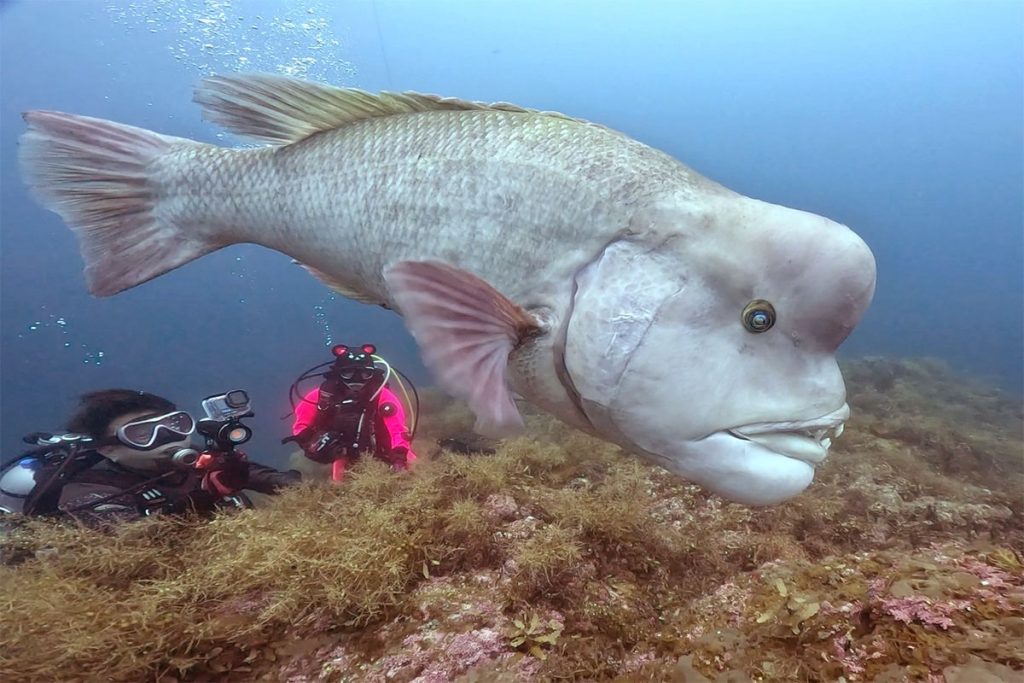
Special thanks to: Diving Service Freeway
Read more Sado Wildlife in Focus photo essays by photojournalist Fumie Oyama.
Author: Fumie Oyama
Fumie Oyama is a two-time winner of the Japan Newspaper Publishers & Editors Association Award as a photographer for The Sankei Shimbun. After covering the reintroduction of the crested ibis to the wild for 11 years, Oyama left the company in 2020 to move to Sado Island. There, he continues to photograph the ibis and other wildlife while engaging in farming. He currently promotes the charms of Sado Island as a photojournalist. Follow Fumie Oyama on Instagram.
このページを 日本語 で読む






